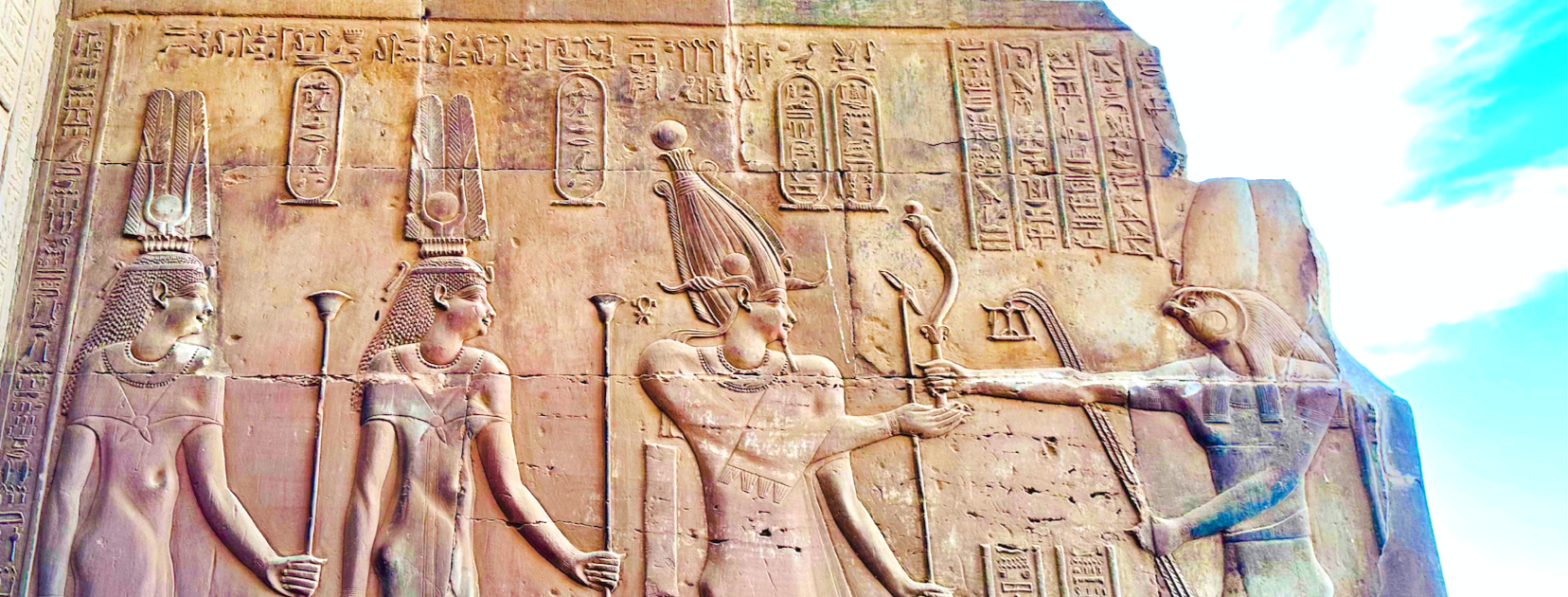Ancient Egypt is one of the most fascinating places in history. There are so many inventions that came out of this place in this era. We know so much because they left so much for us to find, but they didn’t know they were doing it at the time. And yet, there’s so much we don’t know—how exactly did they build those pyramids, and who exactly built them? No one knows for sure!
It’s also the only civilization in the world to which there is an entire field of study: Egyptology. And there is so much to know about it! Here are a few fun facts about Ancient Egypt that scratch the surface… And might impress your friends, too!
Ancient Egypt was Never Called “Egypt” (and still isn’t)
Did I just blow your mind?! The ancient country we now call Egypt was called Kemet. The name has been adapted over the years according to who was ruling over it: Romans, Greeks, etc. It morphed over time to become “Egypt,” but the present-day name of the country is actually “Misr.” For our purposes, however, I will continue to refer to the country in question as Egypt in the blog.

Read this, too: The Ultimate List of Books to Read Before You Visit Egypt
The Ancient Capitol was Not Cairo
Crazy, right? There have actually been several capitol cities of Egypt over the last several thousand years! Memphis, Thebes, and Alexandria have all taken the top spot, some more than once, but Cairo has “only” been the capitol of what we call Egypt since 972 A.D.

Present day attractions: The Best Things to Do in Three Days in Cairo
There Were Seven Cleopatras
Just as there were multiple Pharaohs named Rameses in Egypt, multiple King Georges in Britain, and over a dozen King Louises in France, there were multiple Lady Rulers named Cleopatra. The one we always think of is the final Cleopatra, and the final Pharaoh of Egypt: Cleopatra VII.

More here: Why Egypt is Safe for Travelers (yes, even for women!)
Cleopatra VII was Not Egyptian
What?! It’s true! Egypt has always been multi-cultural, even back in ancient times. Many Pharaohs were not purely Egyptian. The Cleopatra we think we’re most familiar with was actually Macedonian and Greek—not even partly Egyptian!

Keep reading: The Ultimate Cairo and the Nile Bucket List
The Rosetta Stone is the Most Famous Tax Document in the World
It’s true! One of the world’s most impactful archaeological finds is also kind of boring. This stele, or stone tablet, is the whole reason why we can read hieroglyphics today. What we have today is only a broken piece of it, but the document has the same information written in two languages, but three different scripts: Ancient Greek, Egyptian Demotic, and Egyptian Hieroglyphics.
What information? Pharaoh Ptolemy V cut or abolished taxes in an effort to win over his subjects. It was written in these three scripts because all three were in use in Egypt at the time. So, when the Rosetta Stone was discovered, translators were able to decipher the hieroglyphics by comparing them to the Ancient Greek, which was the only language on the stone still known at the time.

Keep reading: Your Complete Guide to Tipping in Egypt
The Pyramids Were Originally Gleaming
We think of the pyramids in sepia, neutral tones, because that is how they look today. In fact, that’s how they’ve looked for hundreds of years, maybe thousands. But when they were newly constructed and freshly finished, they were even more spectacular. Once covered in bright, white limestone and topped with gold, the pyramids were once a bit like diamonds in the desert. Can you imagine something like that gleaming in the sun? Talk about blinded by the light!

Read on: Your Ultimate Guide to Visiting the Pyramids in Giza
Upper Egypt is in the South
And Lower Egypt is in the north of the country. It’s true! Because the Nile flows south to north (the opposite of almost every other river the world), “upper” refers to “up river,” and “lower” refers to “down river.” This is very important to know when talking about Egypt’s geography! For reference, Cairo and Alexandria, both in the north of the country, are in Lower Egypt, while the southern cities of Luxor and Aswan are in Upper Egypt.

More here: What It’s Like Sailing the Nile in a Traditional Dahabiya Boat
It was Totally Normal for Royalty to Marry Their Family
Yep! It’s true. Many Egyptian Pharaohs married their brother or sister, or even their own offspring. Ramses II actually married several of his own daughters! This was not the case for your average ancient Egyptian, but because Pharaohs were thought to be gods, marrying a non-god meant their offspring would also be a non-god. Keeping that purity in the lineage was important to Egyptian royalty, but detrimental to the Pharaohs and their children themselves. Birth defects and other effects of inbreeding were common.

Read next: How to Right-size Your Expectations of a Trip to Egypt
Want more? Check out all my posts about ancient Egypt on my dedicated Egypt Page!
Love this post? Pin it for later!




Leave a Reply